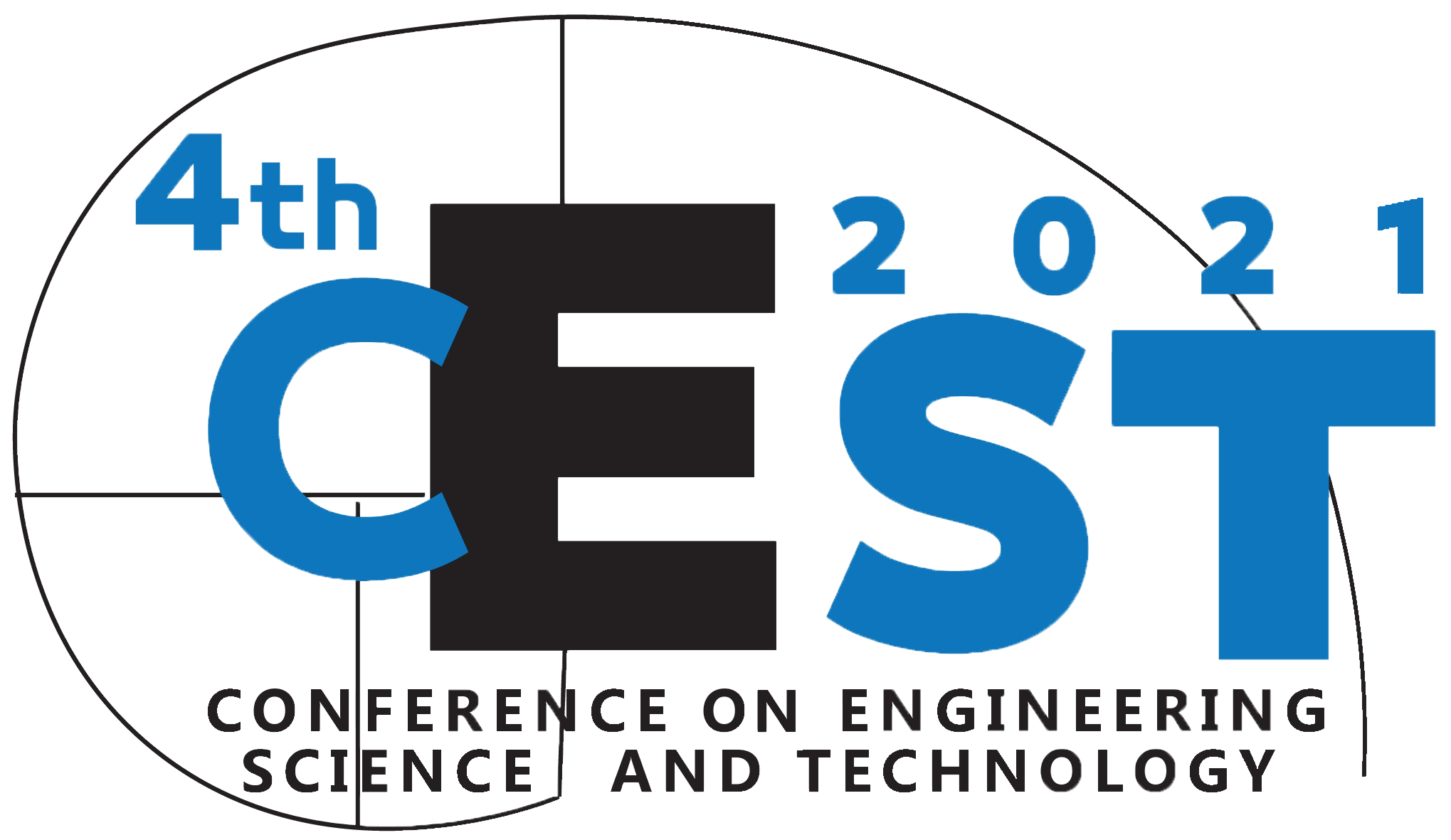Study of the Possibility of using Recycled Aggregates in the Production of Environmentally Friendly Concrete
Keywords:
Recycled aggregates, Eco-friendly concrete, Concrete properties, Concrete wasteAbstract
Concrete waste resulting from demolition and war remnants is considered one of the most important challenges facing the environment and society, It is waste that contains coarse aggregate (gravel), cement, and chemical elements containing oxides and silica, which amount to 80%, and they are relatively live, unextinguished oxides that interact in the presence of moisture and air, because they are incompletely interacted and are considered very harmful to soil and groundwater in the event of their leakage. Therefore, it is clear that the environmental impact of these wastes is a concern that requires a sustainable solution. In light of the frightening depletion of natural resources on the planet, the need arose for the technology of recycling these wastes and using them again to achieve environmental balance and sustainability by meeting the requirements of the current reality without neglecting the ability of future generations to meet their needs. In this study, recycled coarse aggregate (RA), from recycled building waste, was used to make environment-friendly concrete (RAC) with different replacement percentages by weight (30%, 50%, 70%, 100%) as an alternative to natural aggregates (NA), in order to verify the feasibility of using this type of concrete (RAC) compared to natural concrete (NAC). The results of this study showed that the use of (RA) affects the properties of concrete (RAC), and that the greater the replacement ratio, the lower the properties of concrete (RAC) compared to the properties of ordinary concrete (NAC), however, the decrease was not significant when using a replacement ratio that ranged between (0-50%), a percentage that encourages the use of this type of aggregate (RA) in the production of concrete (RAC) to achieve environmental benefit and meet the needs of the current population and preserve the needs of future generations
Downloads
References
Zhang Y, Luo W, Wang J, Wang Y, Xu Y, Xiao J. A review of life cycle assessment of recycled aggregate concrete. Constr Build Mater 2019;209:115–25.
N. Tojo, C. Fischer, Europe as a Recycling Society. European Recycling Policies in relation to the actual, 2011. ETC/SCP Working Paper, (ETC/SCP working paper 2/2011). http://www.lunduniversity.lu.se/o.o.i.s? id=12683&postid=2303681 (accessed on Jul. 17, 2017).
د. محمد المحسن " إعادة تدوير مخلفات الخرسانة " جامعة البريمي (سلطنة عمان), المجلة الإلكترونية منظمة المجتمع العلمي العربي 2016م, متاح على الرابط: .https://arsco.org/article-detail-383-8-0
ميساء بشارات مقبل " أكوام مخلفات البناء العشوائية تشوه الطرقات الفلسطينية في غياب التشريعات الصارمة " المجلة الإلكترونية آفاق البيئة والتنمية 2019م, متاح على الرابط: https://www.maan-ctr.org/magazine/article/2340/.
M.J. Munir, S.M.S. Kazmi, Y.-F. Wu, I. Patnaikuni, J. Wang, Q. Wang, "Development of a unified model to predict the axial stress-strain behavior of recycled aggregate concrete confined through spiral reinforcement", Eng. Struct. 218 (2020) 110851.
H. Guo, C. Shi, X. Guan, J. Zhu, Y. Ding, T.-C. Ling, H. Zhang, Y. Wang, "Durability of recycled aggregate concrete" – A review, Cem. Concr. Compos. 89 (2018) 251–259.
J.J. Xiao, W.G. Li, Y.H. Fan, X. Huang, An overview of study on recycled aggregate concrete in China (1996-2011), Constr. Build. Mater. 31 (2012) 364-383.
د. عبدالرزاق ضيف الله. أ. إبراهيم ابريدان " تقنية تدوير الأنقاض الخرسانية في ليبيا بين ميزة توفير التكاليف - بالذات البيئية منها - والمعوقات" المؤتمر العلمي الدولي الرابع لكلية الاقتصاد والتجارة (2020), 851-874.
Katrina McNeil, and Thomas H.-K. Kang "Recycled Concrete Aggregates: A Review" International Journal of Concrete Structures and Materials Vol.7, March (2013), pp.61–69.
Limbachiya, M. C., Leelawat, T., & Dhir, R. K. (2000). Use of recycled concrete aggregate in high-strength concrete. Materials and Structures, 33, 574–580.
Sumaiya Binte Huda. " Mechanical And Durability Porperties of Recycled And repeated Recycled Coarse Aggregate". Master’s Thesis, The University of British Columbia, The College of Graduate Studies (Civil Engineering). February (2014), 41-59.102.
Gomez-Soberon, J.M.V. 2002. “Porosity of recycled concrete with substitution of recycled concrete aggregate – an experimental study.” Cement and Concrete Research, 32: 1301–1311.
Huda, S.B., Islam, M.S., Slater, E., and Alam, M.S. 2013. “Green concrete from industrial wastes: a sustainable construction material.” First Intl Conference on Concrete Sustainability 2013, Tokyo, Japan, 27-29 May 2013, Ref. 0084, 8p.
أحمد جميل إبراهيم " خواص الركام المعاد تصنيعه من الخرسانة " جامعة عمر المختار – كلية الهندسة – قسم الهندسة المدنية , المختار للعلوم العدد الخامس والعشرون, (2010), 77.
د. قاسم الزحيلي. ط. تماضر مقبل " دراسة تجريبية على الخرسانة المنتجة من ركام معاد تدويره" مجلة جامعة تشرين للبحوث والدارسات العلمية- سلسلة العلوم الهندسية. المجلد (3), العدد (4), (2014), 255-256.
Pinghua Zhu, Yali Hao, Hui Liu , Da Wei, Shaofeng Liu, Lei Gu "Durability evaluation of three generations of 100% repeatedly recycled coarse aggregate concrete" Construction and Building Materials 210 (2019) 442–450.
المواصفة القياسية الليبية (2002). ركام الخرسانة من المصادر الطبيعية: طريقة إجراء التحليل المنخلي رقم (49).
ACI Education Bulletin E1-07, Aggregates for Concrete, American Concrete Institute (2007).
Chang Gao, Liang Huang , Libo Yan , Ruoyu Jin, Haoze Chen "Mechanical properties of recycled aggregate concrete modified by nano-particles" Construction and Building Materials 241 (2020) 118030.
Babar Ali, Liaqat Ali Qureshi "Durability of recycled aggregate concrete modified with sugarcane molasses" Construction and Building Materials 229 (2019) 116913.
Kyuhun Kim, Myoungsu Shin , Soowon Cha "Combined effects of recycled aggregate and fly ash towards concrete sustainability" Construction and Building Materials 48 (2013) 499–507.
Suraya Hani AdnanYee Loon Lee, Ismail Abdul Rahman, Mia Wimala "Compressive strength of recycled aggregate concrete with various percentage of recycled aggregate" https://www.researchgate.net/publication/301680302.
Nik. D. Oikonomou "Recycled concrete aggregates" Cement & Concrete Composites 27 (2005) 315–318.
Etxeberria.M, Vázquez.E, Marí.A, Barra.M, "Influence of amount of recycled coarse aggregates and production process on properties of recycled aggregate concrete" Cement and Concrete Research, Vol 37,( 2007), 735-742.
Park, S. "Recycled Concrete Construction Rubble as Aggregate For New Concrete". Building Research Association of New Zealand, No. 86, 1999, 4-7.
Downloads
Published
Conference Proceedings Volume
Section
License
Copyright (c) 2021 المؤتمر الرابع للعلوم الهندسية والتقنية

This work is licensed under a Creative Commons Attribution 4.0 International License.





